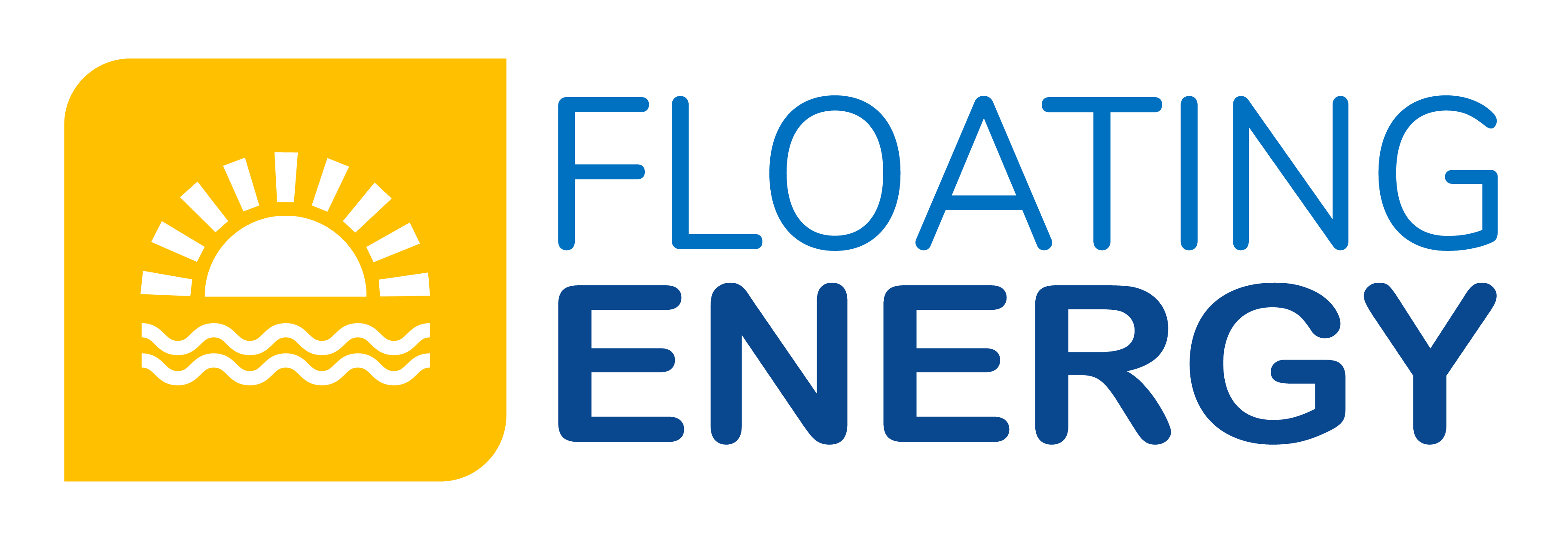How emerging is Floating PV in the Netherlands?
Recent Post
Categories
Every week, publications appear about yet another larger floating solar farm being put into operation. And also in the Netherlands, projects are coming up that can easily compete in the World League of floating solar parks. The announced 100 MWp project at De Slufter in Rotterdam is a good example. But where does Floating PV stand as a technology and market, and what are the preconditions for success?
A market report by global research firm Wood Mackenzie reports average market growth of 22% year-on-year from 2019 to 2024. At the same time, the scale of projects is increasing. Currently, the top 6 projects already guarantee 700 MWp of installed capacity, with China leading the way. The other countries in West Asia have also already announced projects of this order. Where does this leave the Netherlands as a leading country in the field of water in combination with sustainable energy generation? Examples include the National Consortium Zon op Water and recently the trial on the Oostvoornse Lake at the Fieldlab Green Economy Westvoorne.
These initiatives serve on the one hand to promote innovation and on the other hand to share knowledge about the different system variants and their effectiveness. If we focus on the systems for inland waterways, there are the static systems in a South set-up or an East-West set-up. When it comes to installing as much installed power as possible per area, the East-West arrangement seems to be the preferred one. The even more innovative variant is the dynamic and sun-following system. According to the university research models of Delft University of Technology, the additional yield can be as high as 35%. The challenge here is to have the island rotate with the sun and at the same time guarantee good anchoring. Proven propulsion technologies with electric screw motors seem to be the preferred option here.
But what is decisive for the success of Floating PV? The Netherlands is looking at how to meet the goals of the energy transition. There is a strong preference for rooftop PV and an increasing resistance to sacrificing agricultural land. Water locations with a lower ecological value as sand and gravel extraction areas seem to be the ideal alternatives. In combination with connection possibilities to the public grid and an adequate SDE incentive, a significant contribution can be made to the Dutch energy transition. The degree to which this is stimulated and facilitated by the government determines the extent to which the Netherlands, as a water country, can proudly call itself a leader in the field of Floating PV.


